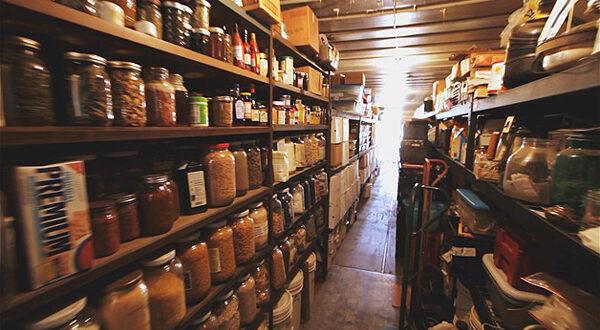

#3 Preparation Timeĭry staples take a lot of time to prepare and are not ideal when you are on the move or trying to stay hidden because if you are running from the golden hoard, you won’t want to spend a day cooking rice and beans over an open fire. Next, let’s examine the time it takes to cook staples.

Living next to a forest with lots of deadwood it’s not as much of an issue as living in an urban area without a natural fuel source. In a situation where the grid is down, and you are cooking with canned fuel or wood, you’ll need a lot of it to ensure you can cook the food. Staple foods need a lot of fuel to make edible. If you live in the Arizona desert and know you will barely have enough water to survive, dry staples are not a good choice for the bulk of your emergency food. If you plan to use them when things head south, ensure you can get clean, potable water to cook. 8 Cons Of Dry Staple Food #1 Waterĭry staples have to be cooked with a lot of water. Let’s look at the challenges of using staples for emergency food. If you plan on doing this, get some experience planting before you depend on it for food. Grains and beans are seeds you can plant in a survival garden.

To remedy this, place a cup of wheat berries in a jar, cover it with water, and sprout it for an instant survival garden. Imagine hanging out in a cabin with 4 feet of snow on the ground, and you are out of vegetables. If grains and beans are still viable, sprout them for nutritious greens. They provide calories, and they are filling. Staple foods are bland, but they are an excellent base for foraged, gardened, or hunted foods you encounter in an emergency. Wheat, white rice, dent corn, and dried beans, to name a few, fed people back to early man. (you don’t have to be LDS.) #3 Proven Track RecordĬivilizations have survived on dry staples for thousands of years. If you don’t want to repackage staples, consider purchasing them in #10 cans from the LDS Home Storage Center online.

#2 Storage Lifeĭry staples with less than 10% moisture, like white rice, dried beans, rolled oats, and wheat, have a shelf-life of 30 years when stored in Mylar with Oxygen absorbers. You can purchase hundreds of pounds of dry staples like white rice, beans, and rolled oats for pennies compared to the other emergency foods. Scott Ready Squirrel 6 Pros of Dry Staple Food #1 Inexpensive The bulk of my long-term food storage is hundreds of pounds of hard white wheat, black beans, white navy beans, pinto beans, white rice, low-fat powdered milk, bulk sugar, salt, and condiments like soy sauce and vinegar. This is why they are considered famine foods. White rice and beans do not give you all the nutrition you need but will sustain you for a significant amount of time. The heavy lifter of long-term food storage is dry staples like wheat, white rice, and dried beans. Rice Harvest #1 Dry staple food for the collapse Let’s move on to the types of food you should store for a collapse. If you like this article, check out Ready Squirrel’s most popular article on societal collapse, “26 Ways to Survive Societal Collapse.” There is a distinct possibility that we will face economic collapse or disaster in our lifetime if not, the worst-case scenario is stockpiling food in case of job loss or family emergency. Dry staples like white rice, dry beans, grain, canned and freeze-dried foods, and produce preserved from a survival garden will keep you sustained when the supply chain breaks down. The possibility of Societal upheaval is a solid reason to start stockpiling food for the collapse.


 0 kommentar(er)
0 kommentar(er)
